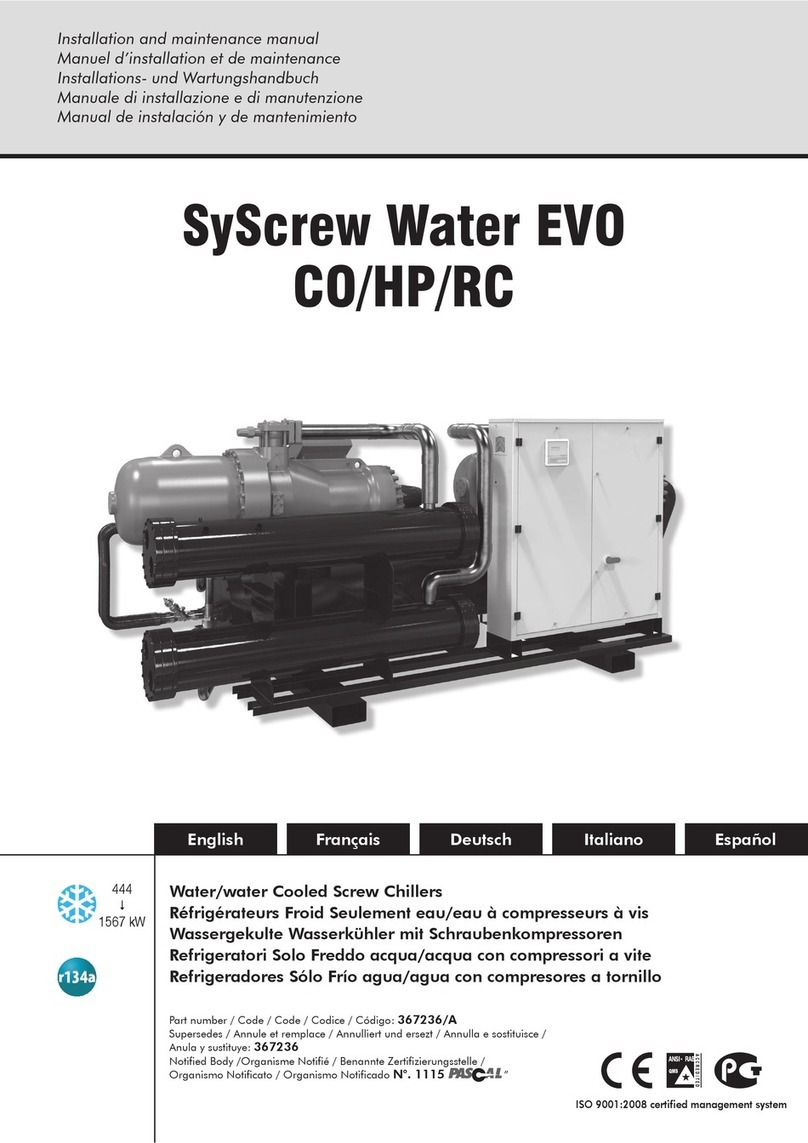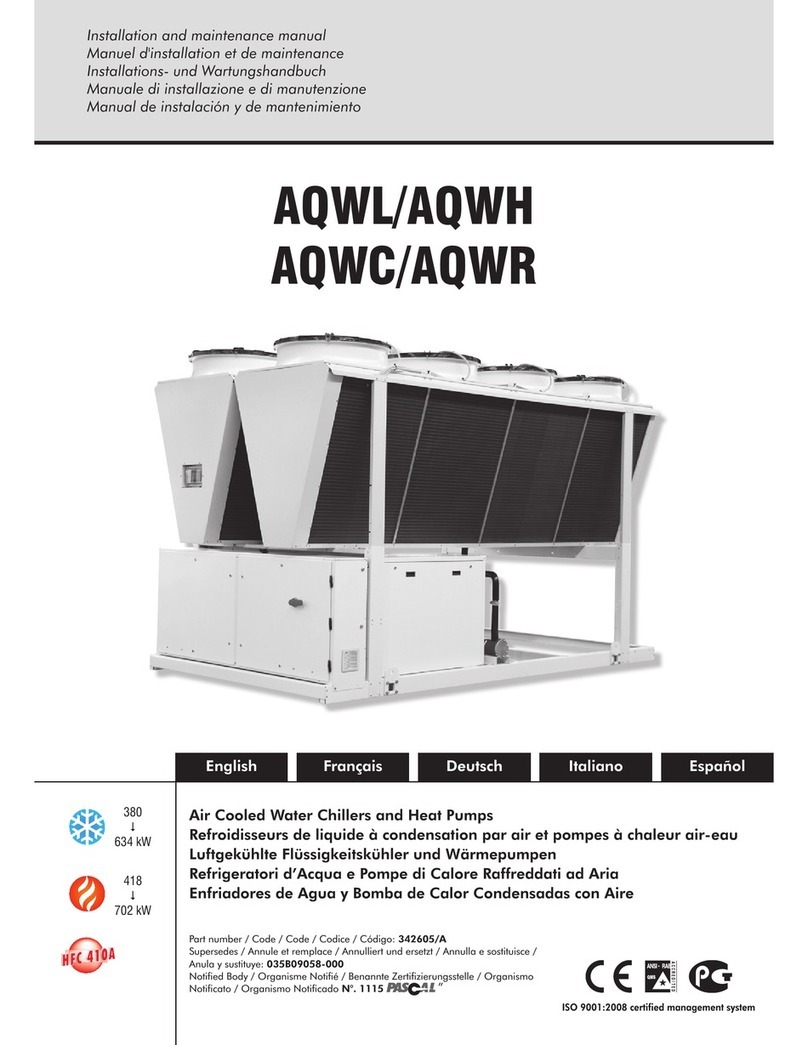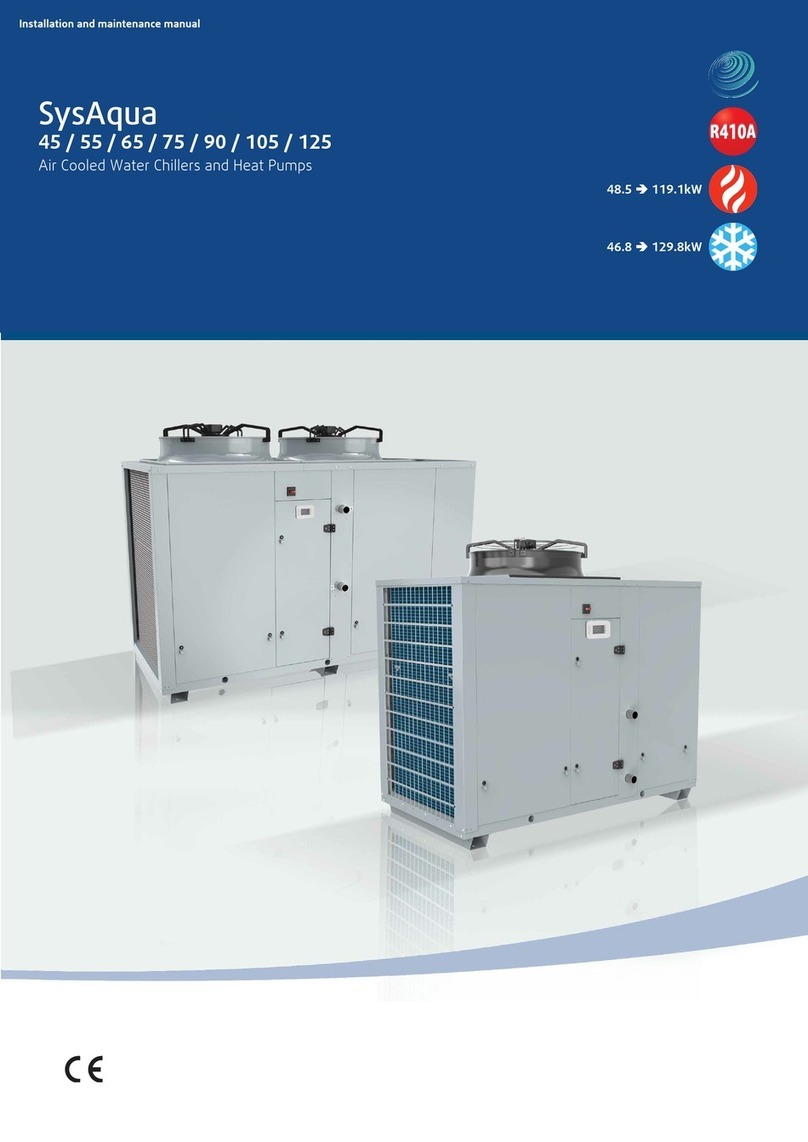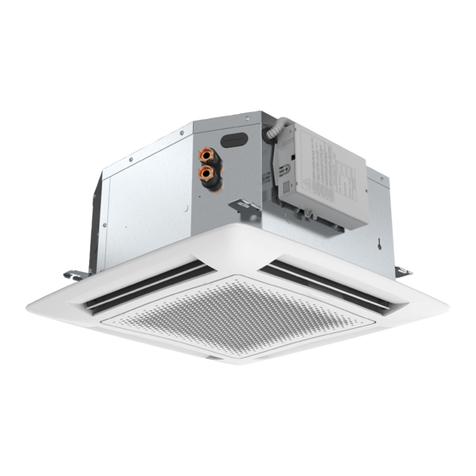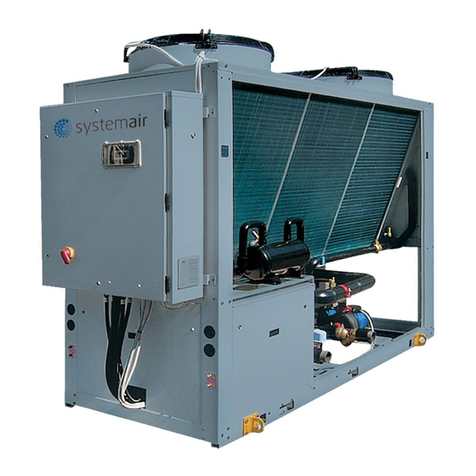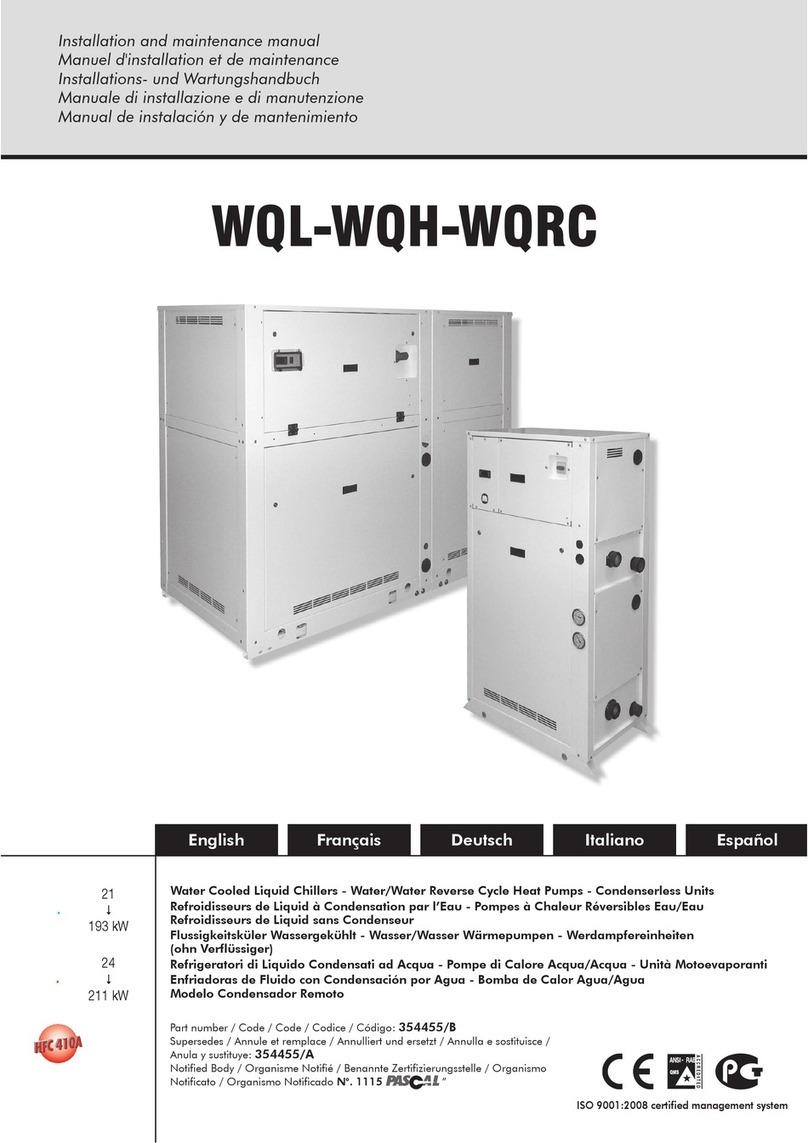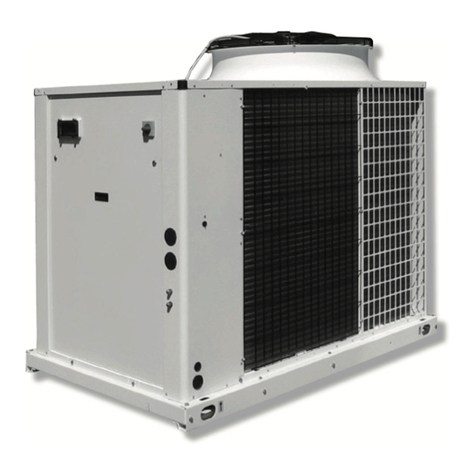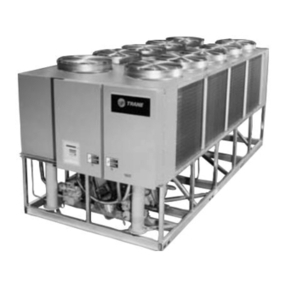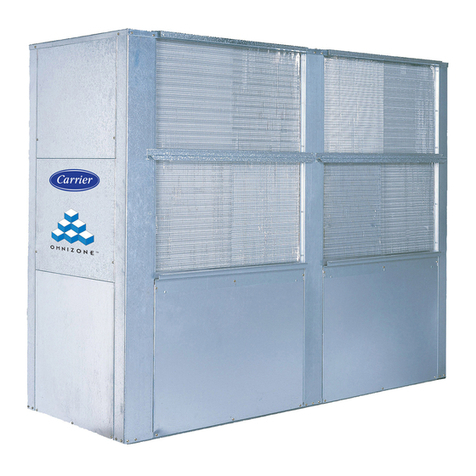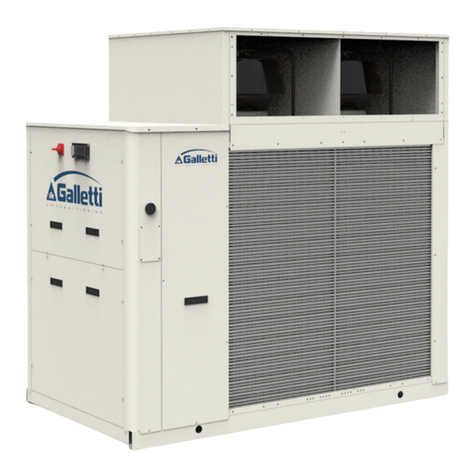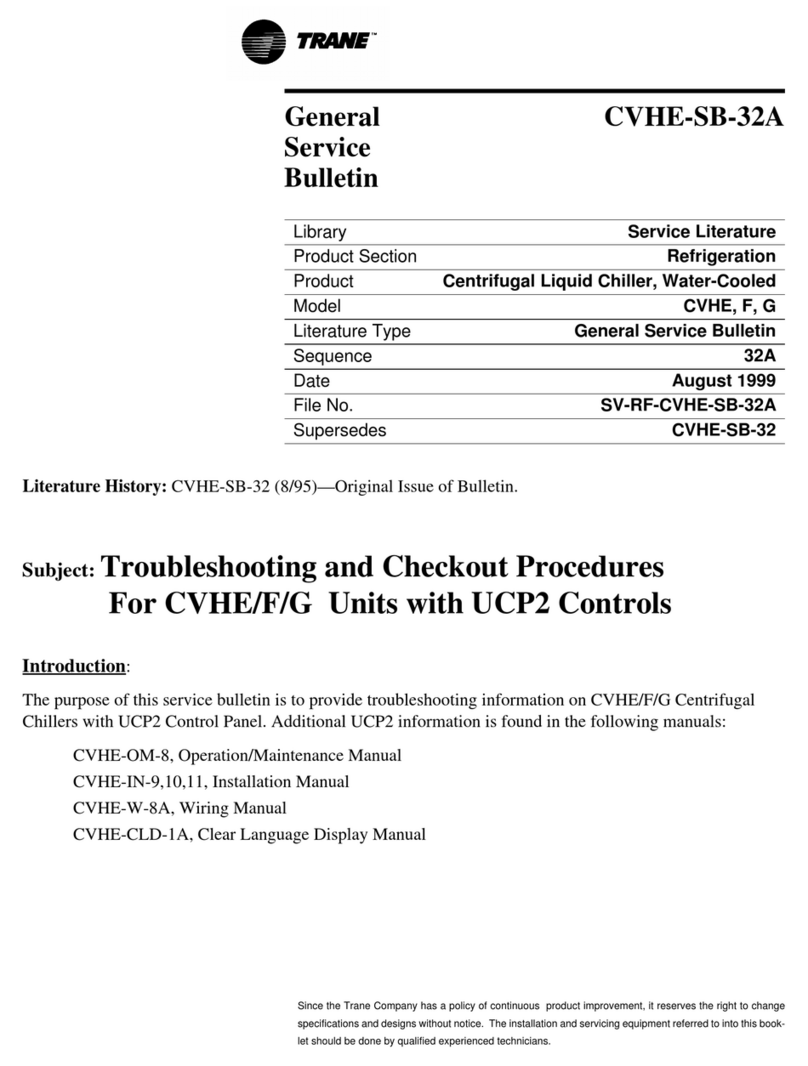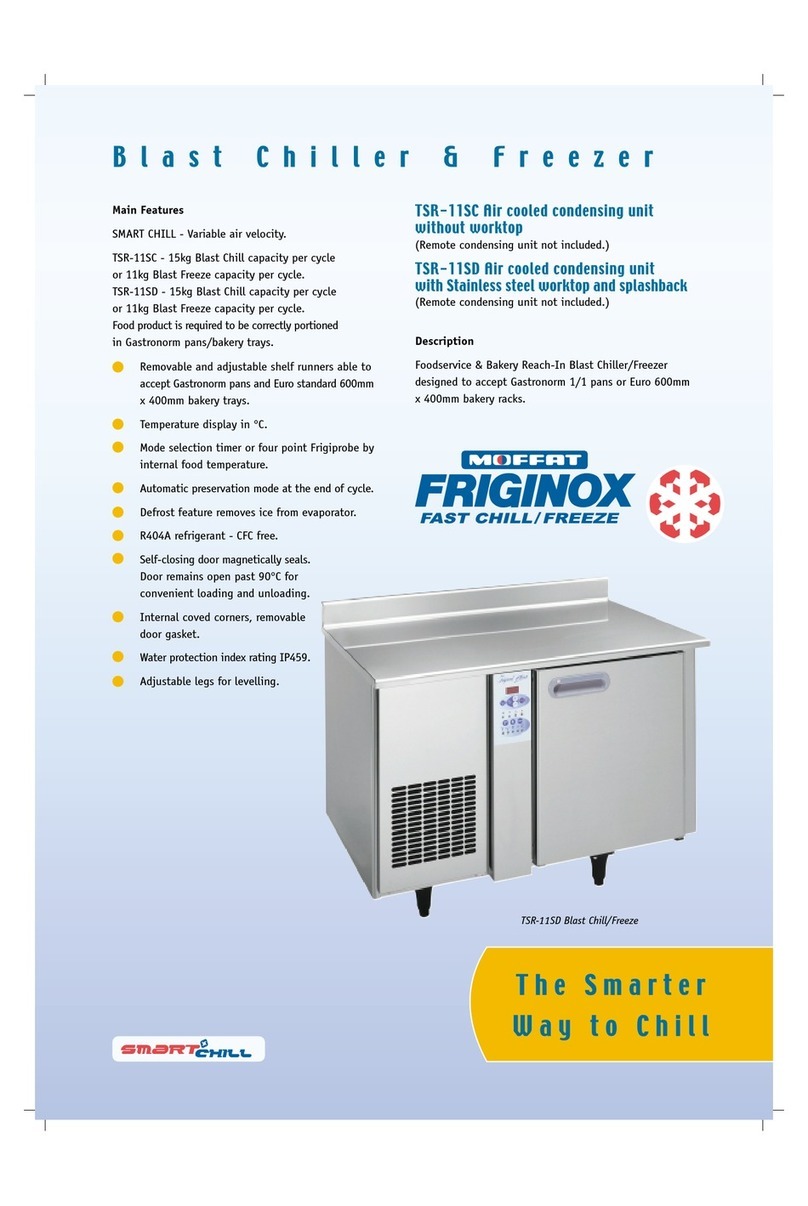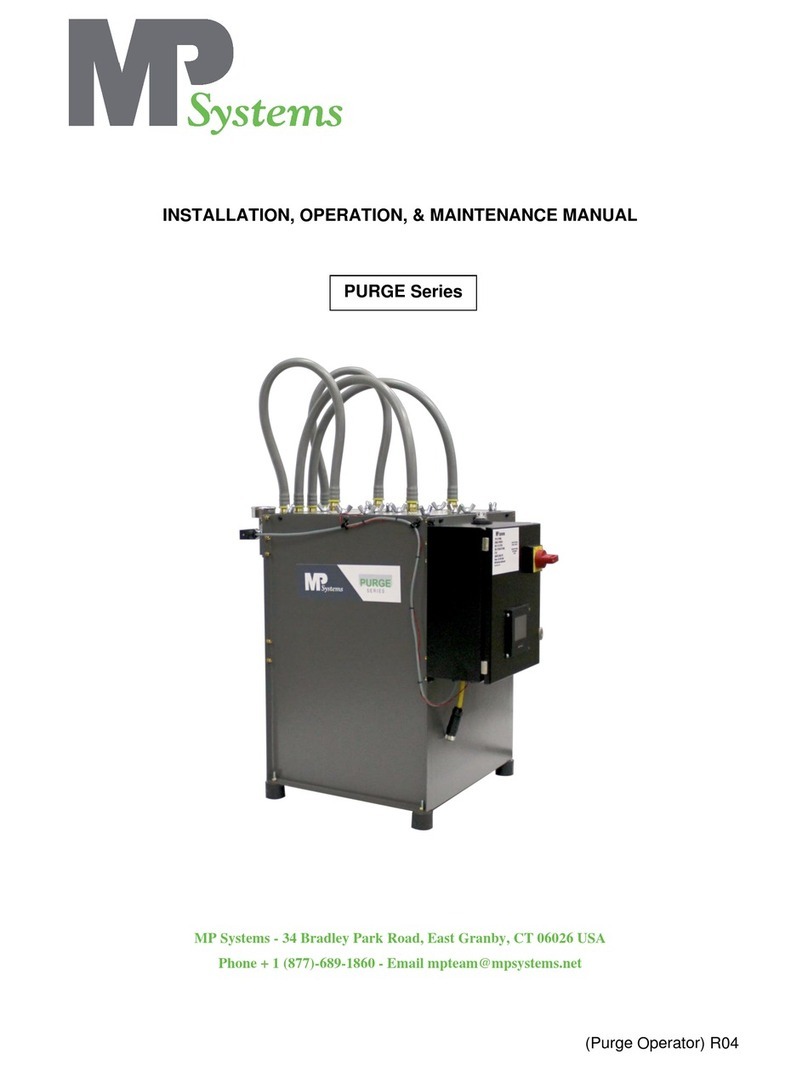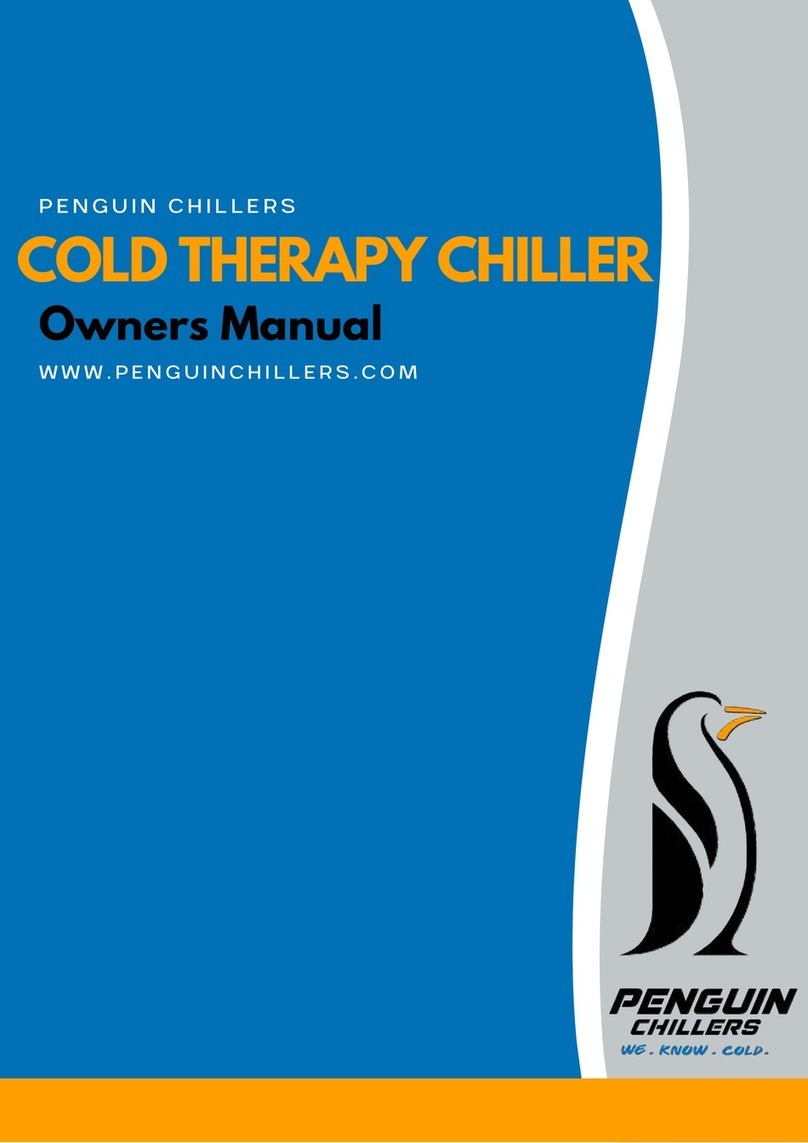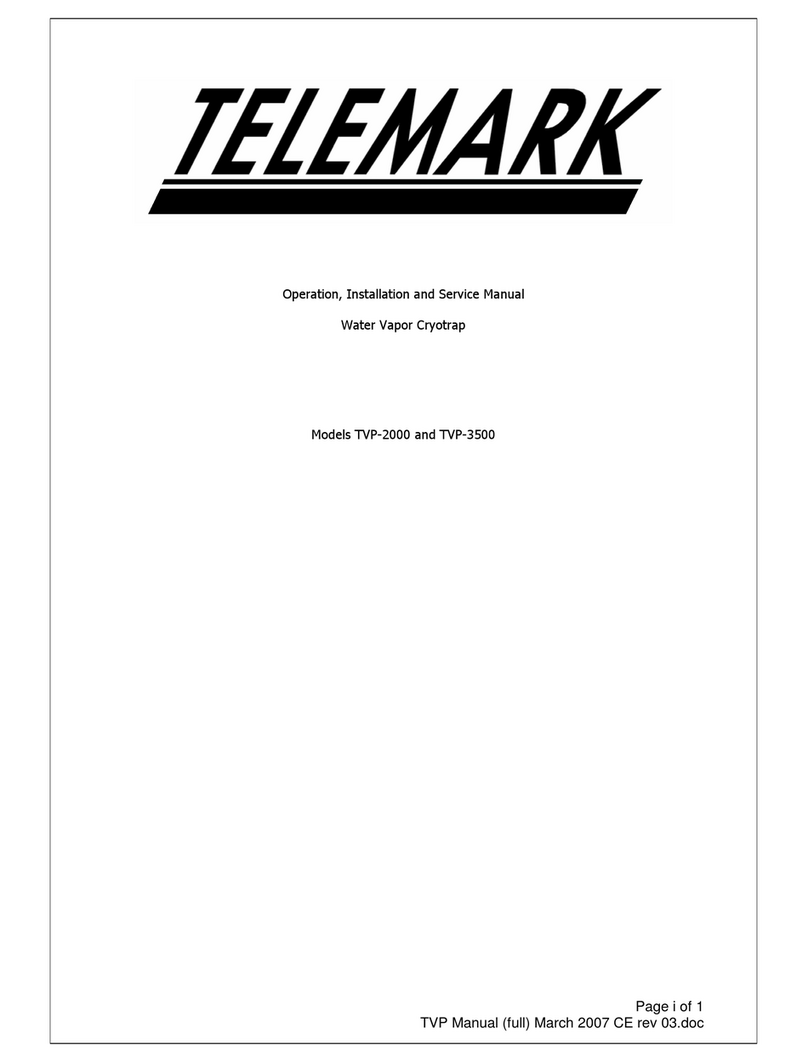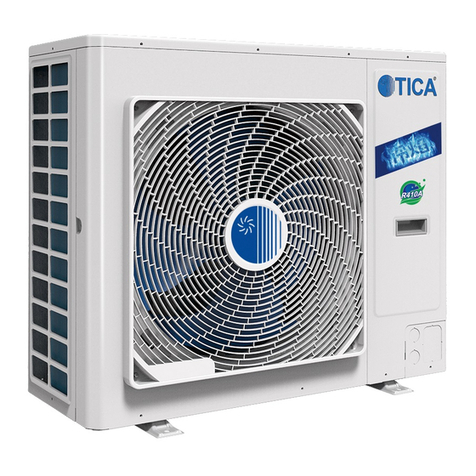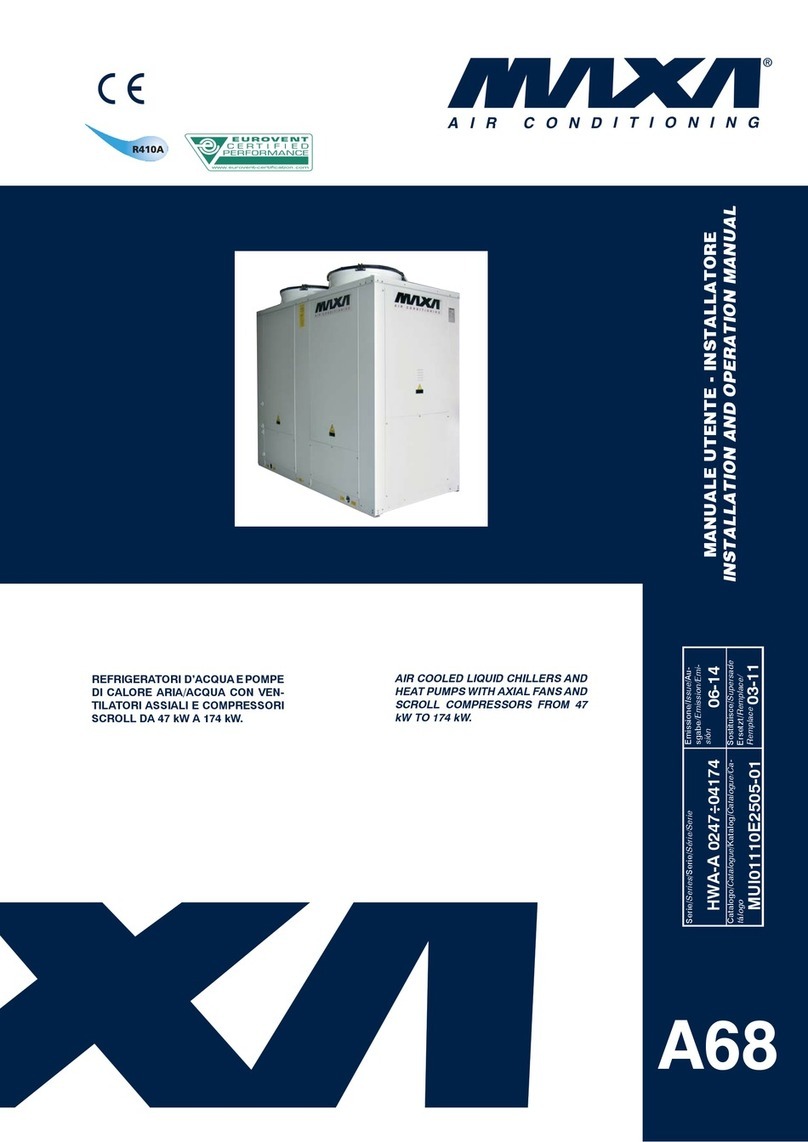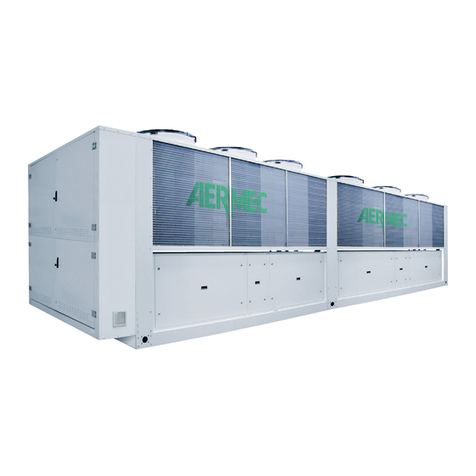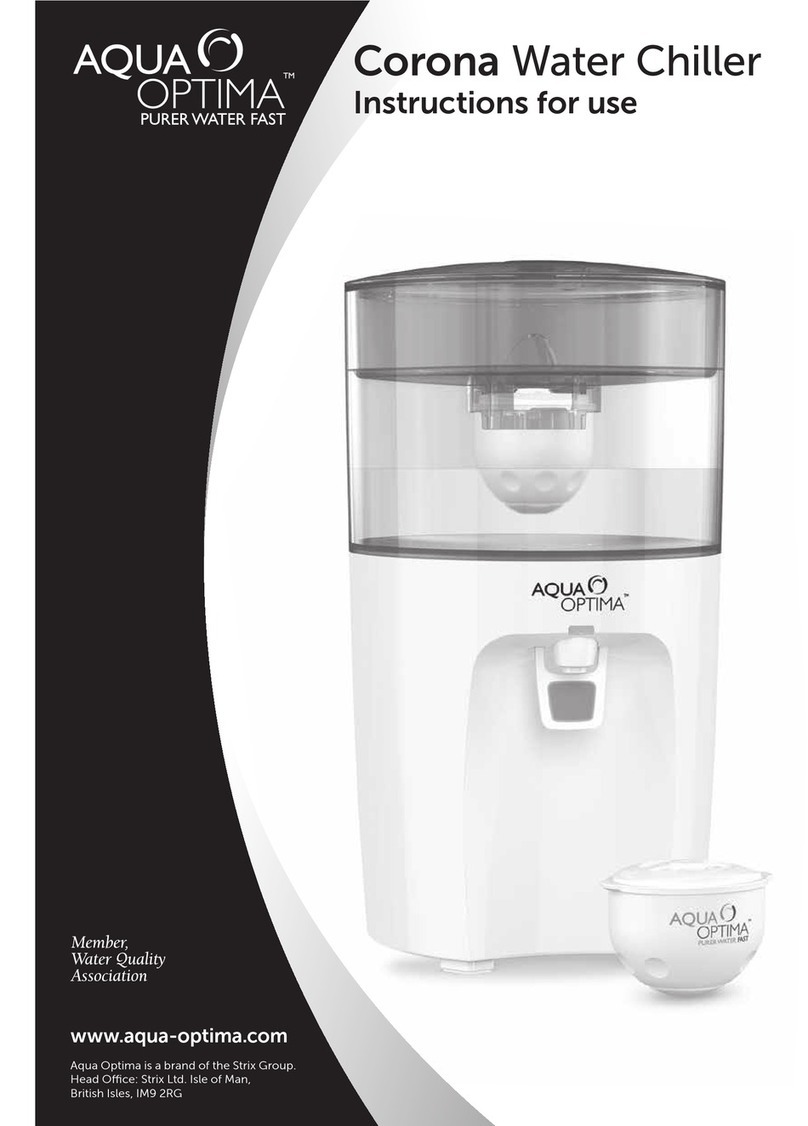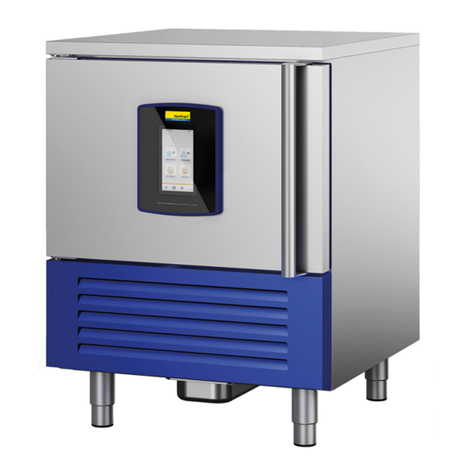
English
2SYSAQUA BLUE
CONTENTS
1. GENERAL RECOMMENDATIONS........................................................................................................................................................ 3
1.1. SAFETY DIRECTIONS ...................................................................................................................................................................................................................................................................3
1.2. WARNING .....................................................................................................................................................................................................................................................................................3
1.3. EQUIPMENT SAFETY DATA.........................................................................................................................................................................................................................................................4
2. INSPECTION AND STORAGE.............................................................................................................................................................. 5
3. WARRANTY...................................................................................................................................................................................... 5
4. PRESENTATION................................................................................................................................................................................. 5
5. CONTENTS OF PACKAGE ................................................................................................................................................................... 6
5.1. OPTIONAL ACCESSORIES............................................................................................................................................................................................................................................................6
6. DIMENSIONS .................................................................................................................................................................................... 6
7. HANDLING........................................................................................................................................................................................ 6
7.1. NET WEIGHT.................................................................................................................................................................................................................................................................................6
7.2. GRAVITY CENTER POSITION.......................................................................................................................................................................................................................................................6
7.2.1. WITHOUT BUFFER TANK............................................................................................................................................................................................................................................6
7.2.2. WITH BUFFER TANK ...................................................................................................................................................................................................................................................6
7.3. GENERAL HANDLING..................................................................................................................................................................................................................................................................6
7.3.1. HANDLING WITH A FORKLIFT ...................................................................................................................................................................................................................................7
7.3.2. HANDLING BY SLINGING...........................................................................................................................................................................................................................................7
8. TECHNICAL SPECIFICATIONS ............................................................................................................................................................. 8
8.1. PHYSICAL CHARACTERISTICS.....................................................................................................................................................................................................................................................8
8.2. REFRIGERATION SPECIFICATIONS .............................................................................................................................................................................................................................................9
8.2.1. REFRIGERANT CIRCUIT DIAGRAM ............................................................................................................................................................................................................................9
8.2.2. REFRIGERANT CHARGE..............................................................................................................................................................................................................................................9
8.3. ELECTRIC SPECIFICATIONS..........................................................................................................................................................................................................................................................9
8.3.1. SYSAQUA BLUE WITH STANDARD FAN...................................................................................................................................................................................................................9
8.3.2. SYSAQUA BLUE WITH HIGH-PRESSURE FAN..........................................................................................................................................................................................................9
8.4. OPERATING LIMITS................................................................................................................................................................................................................................................................... 10
8.4.1. SYSAQUA BLUE.L/SYSAQUA BLUE.H COOLING MODE...................................................................................................................................................................................... 10
8.4.2. SYSAQUA BLUE.H HEATING MODE....................................................................................................................................................................................................................... 10
9. INSTALLATION ................................................................................................................................................................................ 11
9.1. SITING THE INSTALLATION...................................................................................................................................................................................................................................................... 11
9.1.1. PREVAILING WIND................................................................................................................................................................................................................................................... 11
9.1.2. CONDENSATE WATER MANAGEMENT IN HEATING MODE................................................................................................................................................................................ 11
9.1.3. REDUCING NOISE POLLUTION ............................................................................................................................................................................................................................... 11
9.2. CLEARANCE............................................................................................................................................................................................................................................................................... 12
9.3. ANCHORING TO THE GROUND................................................................................................................................................................................................................................................ 12
10. HYDRAULIC LINKS........................................................................................................................................................................ 13
10.1. MAIN HYDRAULIC CIRCUIT ................................................................................................................................................................................................................................................... 13
10.2. ANTI-CLOGGING PROTECTION ............................................................................................................................................................................................................................................. 13
10.3. MINIMUM WATER VOLUME REQUIREMENTS..................................................................................................................................................................................................................... 14
10.3.1. SYSAQUA BLUE COOLING ONLY VERSION......................................................................................................................................................................................................... 14
10.3.2. SYSAQUA BLUE HEAT PUMP VERSION............................................................................................................................................................................................................... 14
10.4. MAXIMUM WATER VOLUME REQUIREMENTS ................................................................................................................................................................................................................... 14
10.5. RINSING THE CIRCUIT ............................................................................................................................................................................................................................................................ 14
10.6. FROST PROTECTION .............................................................................................................................................................................................................................................................. 15
10.7. WATER QUALITY..................................................................................................................................................................................................................................................................... 16
10.8. HEAT INSULATION.................................................................................................................................................................................................................................................................. 17
10.9. FILLING THE SYSTEM WITH WATER..................................................................................................................................................................................................................................... 17
11. WIRING DIAGRAM AND SETTING RANGE..................................................................................................................................... 18
11.1. WIRING DIAGRAM.................................................................................................................................................................................................................................................................. 18
11.1.1. POWER SUPPLY..................................................................................................................................................................................................................................................... 18
11.1.2. WIRING DIAGRAM KEY DESCRIPTIONS.............................................................................................................................................................................................................. 18
11.2. RANGE AND SETTINGS OF THEMAL PROTECTION............................................................................................................................................................................................................ 18
11.3. GAS DETECTION CARD CONTROL RANGE.......................................................................................................................................................................................................................... 18
12. ELECTRICAL CONNECTIONS........................................................................................................................................................... 19
12.1. UNIT POWER SUPPLY............................................................................................................................................................................................................................................................. 20
12.2. ALARM INDICATORS.............................................................................................................................................................................................................................................................. 21
12.2.1. MAIN CONTROLLER.............................................................................................................................................................................................................................................. 21
12.2.2. GAS DETECTION MODULE.................................................................................................................................................................................................................................... 21
12.3. ALL SEASONS AND VARIABLE FLOW PUMP OPTIONS ..................................................................................................................................................................................................... 21
13. CONTROL...................................................................................................................................................................................... 22
13.1. ORDER OF PRIORITY FOR CONTROL SYSTEMS.................................................................................................................................................................................................................. 22
13.2. USER INTERFACE.................................................................................................................................................................................................................................................................... 22
13.2.1. KEYPAD................................................................................................................................................................................................................................................................... 22
13.2.2. HOME PAGE ........................................................................................................................................................................................................................................................... 23
13.2.3. MAIN MENU .......................................................................................................................................................................................................................................................... 23
13.2.4. MENUS.................................................................................................................................................................................................................................................................... 23
13.3. INITIAL SETTINGS................................................................................................................................................................................................................................................................... 24
13.3.1. TIME SETTINGS...................................................................................................................................................................................................................................................... 24
13.3.2. LANGUAGE SETTINGS...........................................................................................................................................................................................................................................24
13.3.3. DEFINING THE GLYCOL RATE ............................................................................................................................................................................................................................... 25
13.4. LAUNCHING THE SYSAQUA BLUE SYSTEM ........................................................................................................................................................................................................................ 25
13.4.1. CONFIGURING INPUT D1...................................................................................................................................................................................................................................... 25
13.4.2. CONFIGURING INPUT D2...................................................................................................................................................................................................................................... 26
13.4.3. HEAT/COOL SELECTION........................................................................................................................................................................................................................................ 26
13.4.4. SELECTING THE OPERATING MODE.................................................................................................................................................................................................................... 27
13.4.5. USER TEMPERATURE SETPOINTS AND ACTUAL SETPOINTS........................................................................................................................................................................... 27
13.4.6. WATER LAW........................................................................................................................................................................................................................................................... 28
13.4.7. "VARIABLE PRIMARY FLOW” OPTION ............................................................................................................................................................................................................... 30
13.4.8. REDUCED MODE.................................................................................................................................................................................................................................................... 33
13.4.9. LIMITED CAPACITY................................................................................................................................................................................................................................................ 33
13.5. ALARMS .................................................................................................................................................................................................................................................................................. 34
13.5.1. ALARM DETAILS.................................................................................................................................................................................................................................................... 34
13.5.2. THE LIST OF ACTIVE ALARMS.............................................................................................................................................................................................................................. 34
13.5.3. ALARMS HISTORY................................................................................................................................................................................................................................................. 35
13.6. SCHEDULE ............................................................................................................................................................................................................................................................................... 35
14. COMMISSIONING.......................................................................................................................................................................... 36
14.1. LIST OF PRELIMINARY CHECKS ............................................................................................................................................................................................................................................ 36
14.1.1. VISUAL CHECK ....................................................................................................................................................................................................................................................... 36
14.1.2. ELECTRICAL CHECK ............................................................................................................................................................................................................................................... 36
14.1.3. HYDRAULIC CHECK................................................................................................................................................................................................................................................ 37
14.1.4. REFRIGERATING CHECKS...................................................................................................................................................................................................................................... 37
14.2. UNIT START-UP....................................................................................................................................................................................................................................................................... 37
14.3. OPERATING CHECK LIST........................................................................................................................................................................................................................................................ 37
14.3.1. GENERAL................................................................................................................................................................................................................................................................ 37
14.3.2. PHASE ROTATION PROTECTION .......................................................................................................................................................................................................................... 37
14.3.3. ELECTRICAL............................................................................................................................................................................................................................................................ 37
14.3.4. HYDRAULIC CIRCUIT.............................................................................................................................................................................................................................................. 38
14.3.5. COMPRESSOR AND REFRIGERATION SYSTEM.................................................................................................................................................................................................. 38
14.3.6. FINAL CHECK.......................................................................................................................................................................................................................................................... 38
15. WARRANTY CLAIM - MATERIAL RETURN PROCEDURE................................................................................................................. 38
16. ORDERING SERVICE AND SPARE PARTS ORDER ........................................................................................................................... 39
17. MAINTENANCE............................................................................................................................................................................. 39
17.1. WEEKLY CHECK....................................................................................................................................................................................................................................................................... 40
17.2. TABLE OF PERIODIC SERVICE AND MAINTENANCE........................................................................................................................................................................................................... 41
17.3. MAINTENANCE PROCEDURES.............................................................................................................................................................................................................................................. 43
17.3.1. REFRIGERANT CIRCUIT.......................................................................................................................................................................................................................................... 43
17.3.2. HYDRAULIC CIRCUIT.............................................................................................................................................................................................................................................. 44
17.3.3. WINTER PROTECTION .......................................................................................................................................................................................................................................... 44
18. TROUBLESHOOTING...................................................................................................................................................................... 45
